Manual handling
Overview
Manual handling
Manual handling is a term used for the lifting, pushing, pulling and carrying of loads. Whilst most of us perform relatively low risk manual handling tasks as part of our everyday lives, it is important that all routine work related manual handling activities are carefully considered and workers properly trained on safe handling techniques to reduce the chances of injury occurring. Indeed, manual handling is the cause of a significant number of work related injuries (e.g. back injuries) in the UK. This is often caused by poor lifting technique when carrying out the manual handling operation.
Key Departmental Requirements:
- Avoid manual handling where reasonably practicable.
- All routine manual handling tasks must be carefully assessed and appropriate measures taken to reduce risks to a low and acceptable level. This is the responsibility of the group manager / supervisor.
- All workers involved in manual handling tasks as part of their routine work activities to be trained on good manual handling technique.
- Never attempt any manual handling that is beyond your capabilities
Training
Manual handling guide
Guidance on good manual handling technique
| How to lift properly | |
|---|---|
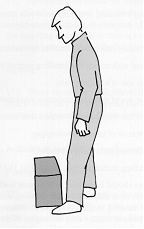 |
Stop and think. Plan the lift. Where is the load going to be placed? Use appropriate handling aids if possible. Do you need help with the load? Remove obstructions such as discarded wrapping materials. For a long lift - such as floor to shoulder height - consider resting the load mid-way on a table or bench in order to change grip. |
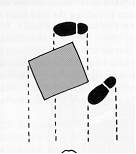 |
Place the feet. Feet apart, giving a balanced and stable base for lifting (tight skirts and unsuitable footwear make this difficult). Leading leg as far forward as is comfortable. Adopt a good posture. Bend the knees so that hands when grasping the load are as nearly level with the waist as possible but do not kneel or overflex the knees. Keep the back straight (tucking in the chin helps). Lean forward a little over the load if necessary to get a good grip. Keep shoulders level and facing in the same direction as the hips. |
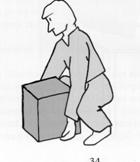 |
Get a firm grip. Try to keep the arms within the boundary formed by the legs. The optimum position and nature of the grip depends on the circumstances and individual preference, but it must be secure. A hook grip is less fatiguing than keeping the fingers straight. If it is necessary to vary the grip as the lift proceeds, do this as smoothly as possible. |
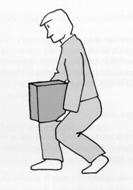 |
Don't jerk. Carry out the lifting movement slowly, keeping control of the load. |
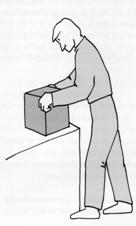 |
Put down, then adjust. If precise positioning of the load is necessary, put it down first, then slide it into the desired position. |
| Use of a midway stage to change grip | |
 |
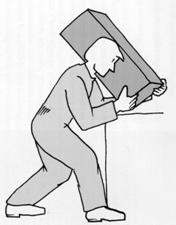  |
| Lifting safely | |
|
Lifting and handling safely requires considerably more than knowing how to lift. Training people to lift/handle properly often does not give much protection because they then lift/handle heavier items and consequently lose all the benefit they might have gained by lifting better. It also should be fairly obvious that the conditions shown in these drawings are not very like those under which ordinary people work. Where’s the clutter? And so on. An important rule about safe lifting is that it is safer when the conditions are as clean, tidy and perfect as possible. The most important of all is not to manually handle or lift if you can find a way to avoid doing so. Wherever possible use mechanical means, even the humble wheelbarrow or sack truck can greatly reduce the load. Be aware that it is very tiring to carry loads. Much safer to move them using mechanical means. Certainly you should never carry heavy items more than 10 metres, without having planned the lift and rest points (even if only mentally). A previous back injury predisposes towards further injury. If you have injured your back in the past, you should reduce the weights you consider safe to handle. This will need to take into consideration both the severity of the previous injury and your proneness to back injuries (have you had only one instance some time ago, or are your always "putting your back out" - the latter is much more of a risk factor than the former). |
|
Lifting and lowering
This diagram shows the weights an ordinary healthy man should be able to lift (healthy women can lift on average two thirds of these weights) without significant risks to their health.
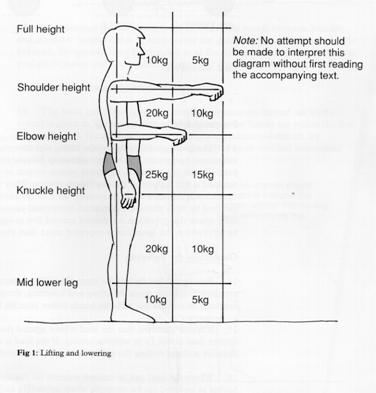
An employee should not be lifting/handling more than these figures without a proper lifting/handling assessment having been done. More than twice these weights give very considerable risks of injury and should not be lifted/handled without a risk assessment having been carried out by an ergonomist.
These figures are for perfect conditions, without bending, twisting, working in conditions that are too hot, too cold, wet, greasy, windy or unstable. All these things reduce your capability to lift safely.
